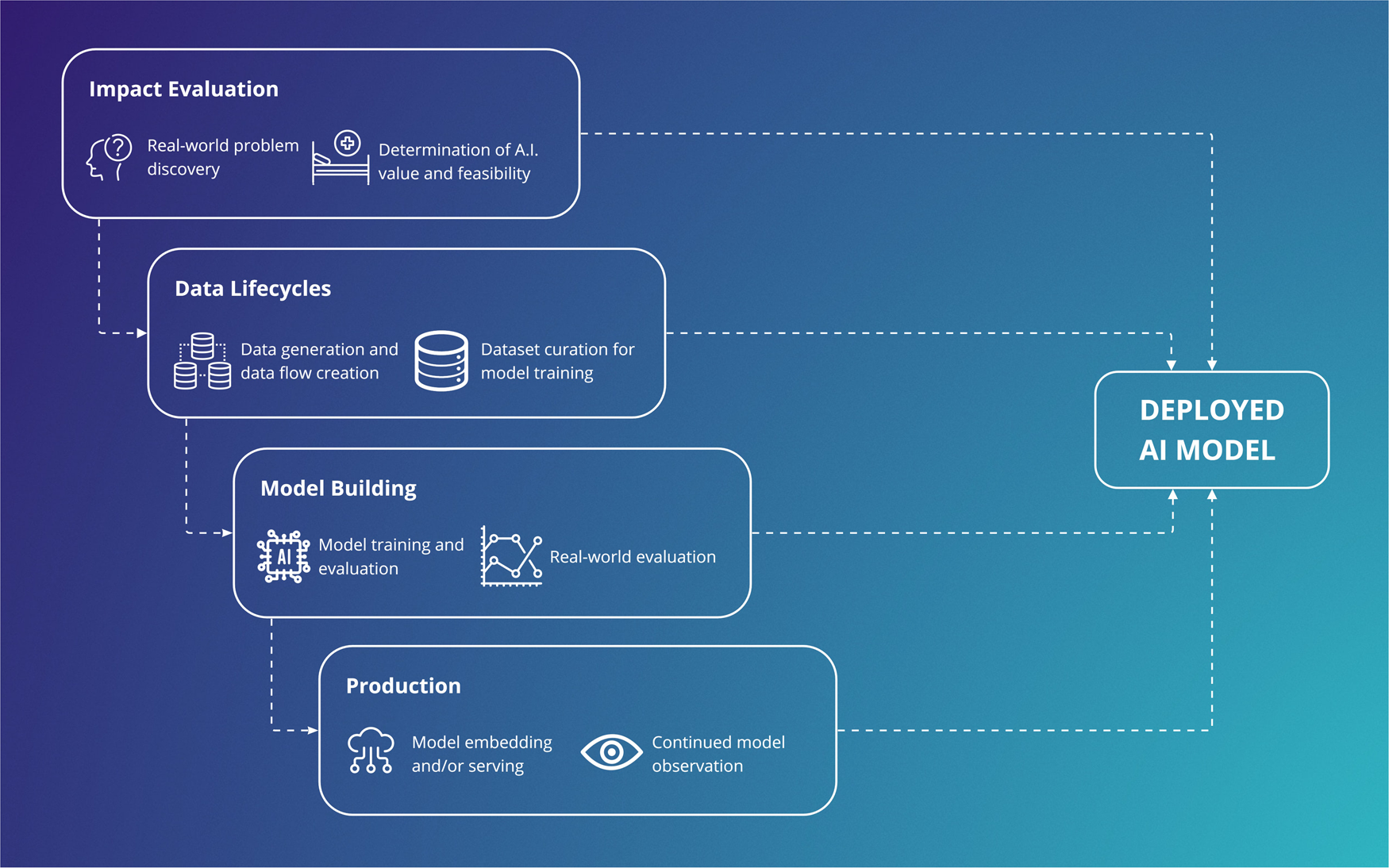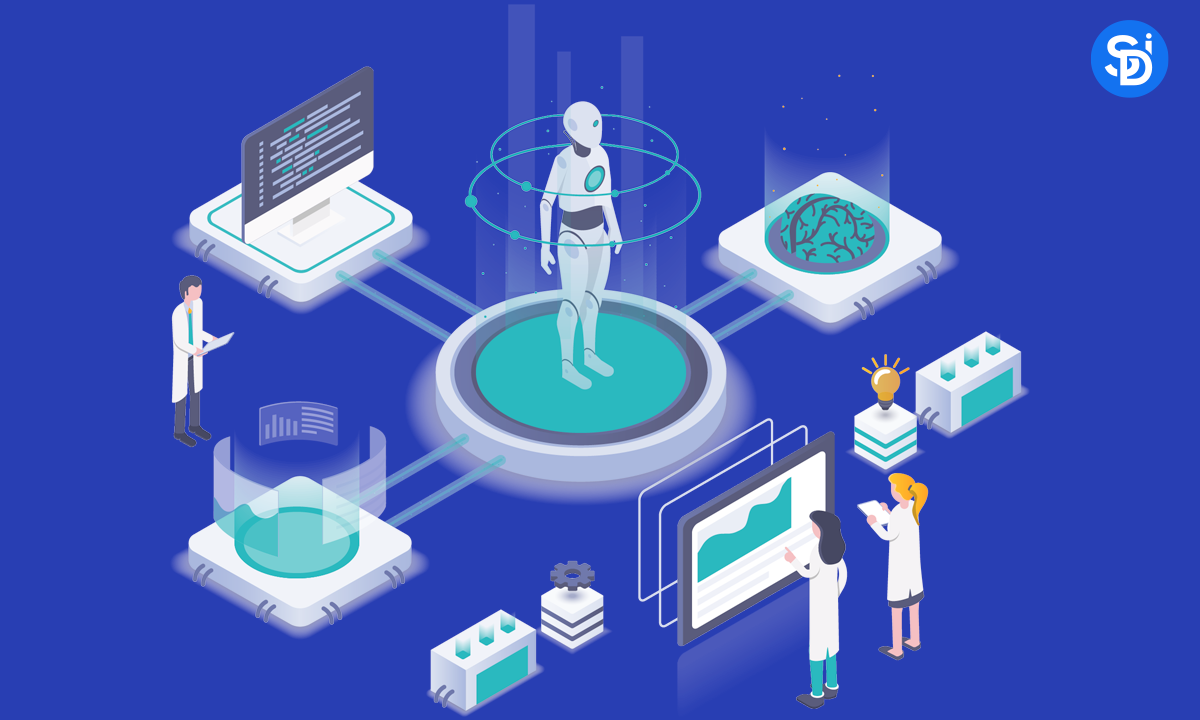Computer science defines AI researches as a study of “intelligent agents”: all tools that understand their environment and take actions that strengthen their chances of success. By broad definition, AI is defined as “the ability to interpret external data, learn from that data, and use that learning to achieve specific goals and functions through adaptive adaptation.” the choice.
AI is defined as “the ability to interpret external data, learn from that data, and use that learning to achieve specific goals and functions through adaptive adaptation.” the choice.
The latest definition of artificial intelligence (or AI) is, “Research and Development of Intelligence Agents”, which are systems that maximize success and access to their environment.
AI studies use tools and knowledge from various fields, including computer science, psychology, philosophy, neurobiology, cognitive science, linguistics, operations research, economics, control theory, probability, optimization, and logic.
AI research is also compatible with functions such as robotics, control systems, planning, data analysis, logistics, voice recognition, facial recognition and more. This has prompted many programmers and developers to join an artificial intelligence course.
A typical AI explores their environment and takes actions that increase their efficiency. Using a giant AI (or object) using artificial intelligence can be simple (“1 if you are playing a Go game, 0 if not an AI”) or difficult (“Make it look like a math thing”). For those who are lucky in the past ” The objectives can be clearly defined or motivated. If the AI is for” advanced learning “, the objectives can be questioned by rewarding certain features or punishing others. Alternatively, the development system can pursue goals through fitness functions to mutate and activate higher-level artificial intelligence systems, just as animals have evolved towards specific goals, such as finding food, some artificial intelligence systems, such as neighbors, but by analogy these systems they usually have no goals, as much as the goals are training data, it was developed in a system whose “purpose” is to exercise its strict responsibility for classification.
Many AI algorithms can learn from data; they can improve themselves by learning new strategies or “rules of practice” that worked well in the past, or they can write other algorithms themselves.
Challenges in AI
- Early researchers developed algorithms that simulate step-by-step reasoning that people use to solve a puzzle or make logical derivations. It turned out that these algorithms were not enough to solve main reasoning problems because they experienced a “Combinatorial explosion”: they became exponentially slower.
- With classic scheduling problems, an agent can assume that she is the only system operating in the world, so the agent can be sure of the consequences of her actions. If the agent is not the only actor, he requires the agent to justify the uncertainty.
- The challenge is the most powerful of human intelligence due to lack of knowledge. There are also high levels of skills in business. Businessmen need to train their technicians to get the benefit of this technology.
- Another challenge of fake intelligence is that all business owners or managers are willing to invest in it. The funds needed to establish and implement Artificial Intelligence are so large that not every business owner or organization is able to invest or try to invest in their businesses.
- No one is perfect or human. If software or hardware fails, it’s hard to put the wrong thing on your finger. On the other hand, you can monitor people’s actions.
- There may be serious problems with the expectations of people around AI. Generally, people have high expectations because people do not fully understand how AI works.
Tools in AI
- In theory, many AI problems can be solved by intelligently searching for many possible solutions: The cause can be limited to performing a search. For example, logical proof can be considered as a search for a path leading from spaces to conclusions, applying an output rule at every step.
- Many AI problems (motivation, planning, learning, perception, and robotics) require the agent to work with incomplete or unclear information. AI researchers have developed many powerful tools to solve these problems using probability theory, and economics techniques.
- The simplest AI programs can be divided into two types: classifiers (“if shiny, then diamond”) and controls (“if shiny, then pick up”). However, controllers also classify conditions before deriving actions, making classification an important part of most AI systems.
- Deep learning is any artificial neural network capable of learning the long chain of causation. Complex neural networks (CNN) are often used for deep learning.


